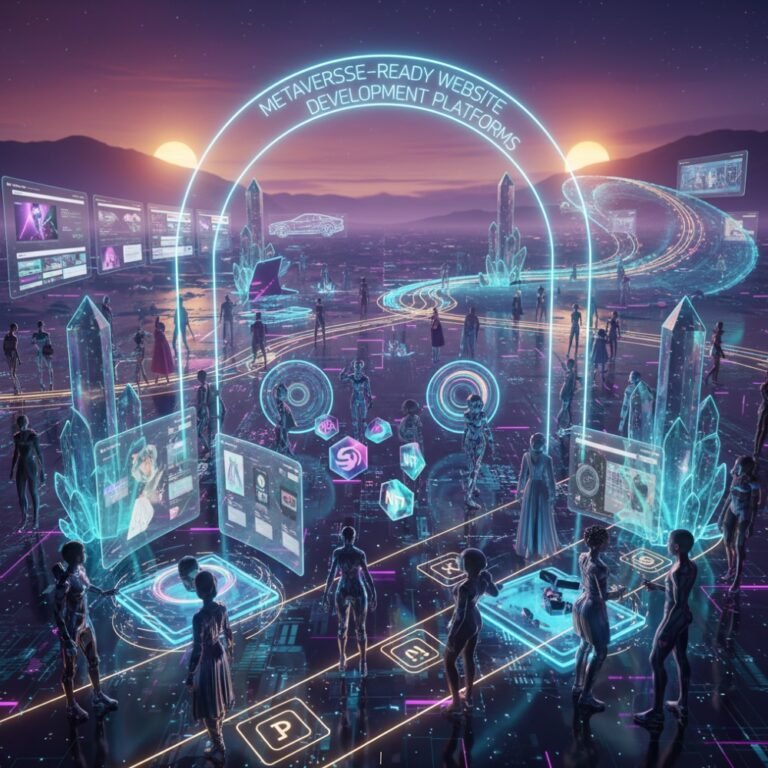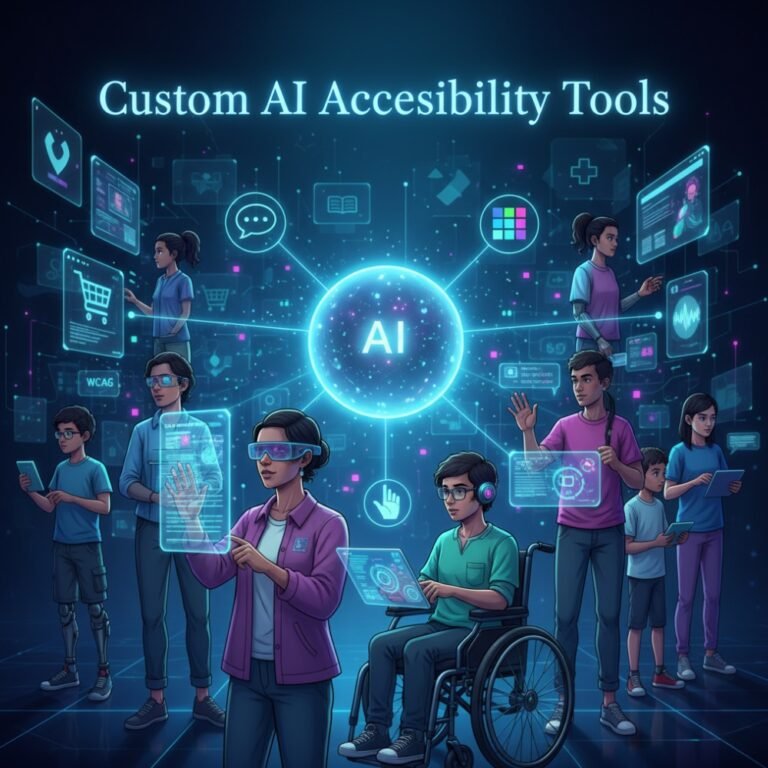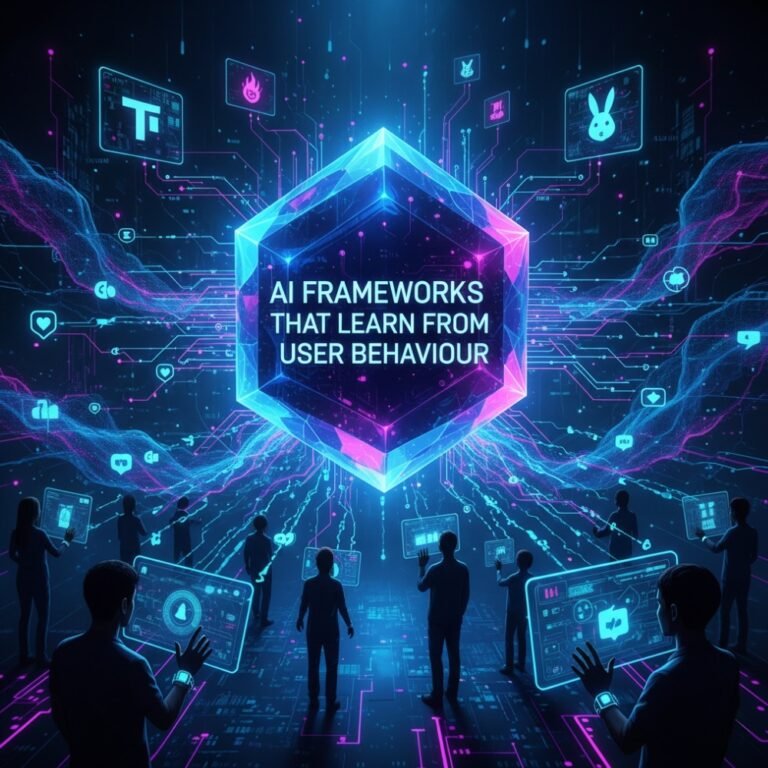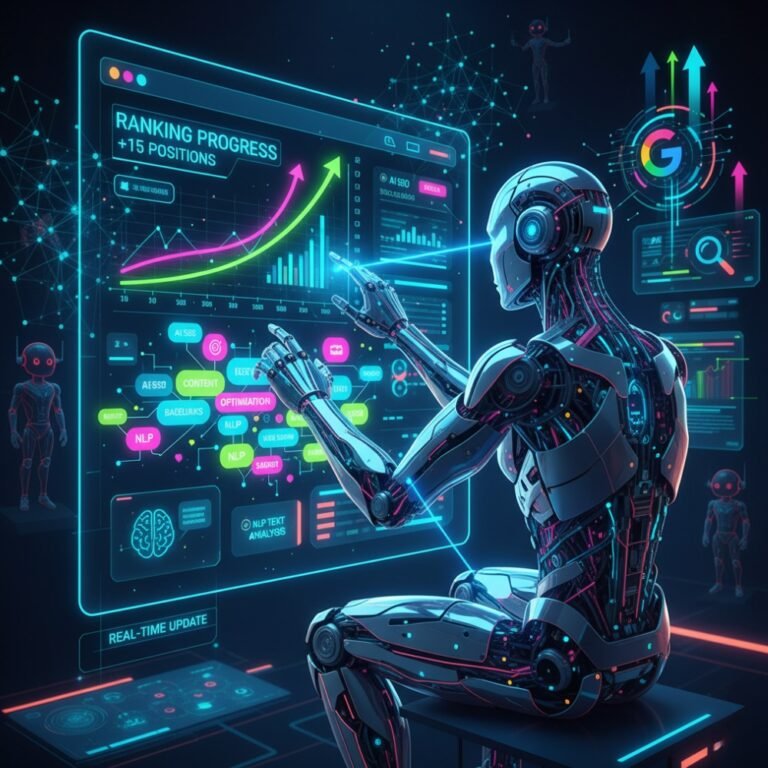What AI Code Assistants Are?
AI code assistants are advanced software tools powered by artificial intelligence, particularly large language models (LLMs), that support developers in writing, debugging, and maintaining code. These tools analyse context from existing codebases, user inputs, and project requirements to generate suggestions, automate tasks, and enhance overall coding efficiency. Unlike basic editors, they act as intelligent collaborators, understanding natural language prompts and producing relevant code snippets or entire functions.
Evolution: From Code Editors → IDEs → AI-Powered Tools
The journey began with simple code editors in the 1970s and 1980s, such as Vim or Emacs, which provided basic text manipulation without advanced aids. In the 1990s and 2000s, Integrated Development Environments (IDEs) like Eclipse and Visual Studio emerged, integrating features such as syntax highlighting, debugging, version control, and rudimentary autocomplete based on static rules. By the 2010s, cloud-based editors like VS Code gained popularity for their extensibility.
The shift to AI-powered tools accelerated around 2021 with the advent of models like GPT-3, leading to assistants like GitHub Copilot. These tools leverage machine learning trained on vast code repositories to offer dynamic, predictive assistance, evolving from passive aids to proactive partners capable of reasoning over entire projects.
Difference Between AI Code Assistants and Traditional Autocomplete
Traditional autocomplete relies on predefined patterns, keywords, and syntax rules to suggest completions, often limited to single lines or basic functions without deeper context. It is deterministic and rule-based, excelling in simple scenarios but struggling with complex logic or novel problems. In contrast, AI code assistants use probabilistic models to generate context-aware suggestions, considering surrounding code, project structure, and even comments. They can produce multi-line code blocks, adapt to user style, and incorporate natural language, making them far more versatile and reducing manual effort by up to 50% in routine tasks.
Core Features of AI Code Assistants
AI code assistants in 2025 offer a suite of capabilities that streamline development workflows, particularly in web technologies like JavaScript, HTML, CSS, and frameworks such as React or Vue.js.
Code Autocompletion & Suggestions
These tools provide intelligent, real-time suggestions for code snippets, functions, or entire modules based on partial input. Unlike static predictions, they infer intent from context, such as generating a responsive CSS grid after typing a div element.
Error Detection & Bug Fixing
AI scans code for syntax errors, logical inconsistencies, and potential vulnerabilities, offering instant fixes. For web development, this includes detecting cross-site scripting (XSS) risks or API integration issues, often suggesting patches with explanations.
Automated Documentation Generation
Tools automatically create inline comments, API docs, or README files from code analysis. This ensures web projects maintain clear documentation for components like React hooks or Node.js endpoints, saving hours of manual writing.
Refactoring and Optimisation Recommendations
AI identifies inefficient code, such as redundant loops or unoptimised queries, and proposes refactors for better performance. In web apps, it might suggest converting vanilla JS to optimised async/await patterns or bundling improvements for faster load times.
Integration with Frameworks & Libraries
Seamless support for popular web stacks, including auto-imports for libraries like Bootstrap or TensorFlow.js, and generating boilerplate for frameworks. This accelerates setup for full-stack development with tools like Next.js.
Multi-Language Support
Most assistants handle dozens of languages, from front-end (JavaScript, TypeScript) to back-end (Python, Java) and styling (CSS, SCSS), enabling polyglot web projects without switching tools.
Natural Language to Code Conversion
Developers describe requirements in plain English, such as “Create a login form with validation,” and the AI generates functional code, including HTML forms with JavaScript validation, bridging the gap between ideas and implementation.
Popular AI Code Assistants
Several AI code assistants dominate the market in 2025, each tailored to different needs in web development.
GitHub Copilot
Powered by OpenAI’s models and integrated into VS Code and GitHub, Copilot excels in generating context-aware code for web projects, supporting full repositories and multi-file edits. It shines in rapid prototyping of React components or API routes.
Tabnine
A privacy-focused tool using local or cloud models, Tabnine offers fast, customisable completions with strong support for web languages. It trains on user codebases for personalised suggestions, ideal for sensitive enterprise web apps.
Amazon CodeWhisperer
Integrated with AWS services, it provides secure, enterprise-grade assistance with bias towards cloud-native code. Useful for web devs building scalable apps on Lambda or S3, with built-in security scans.
Codeium
A free, open-source alternative with lightweight performance, Codeium supports 70+ languages and excels in quick suggestions for front-end tasks like HTML/CSS animations. It runs locally for speed without subscription costs.
ChatGPT for Coding
OpenAI’s ChatGPT, in its coding mode, handles natural language queries for web scripts, debugging, or full prototypes. Versatile for brainstorming but less integrated into IDEs, making it a supplementary tool for complex problem-solving.
Replit Ghostwriter
Embedded in the Replit online IDE, it facilitates collaborative web development with real-time suggestions and explanations. Best for beginners or team-based prototyping of full-stack apps in a browser environment.
Comparison of Their Strengths/Weaknesses
| Assistant | Strengths | Weaknesses |
|---|---|---|
| GitHub Copilot | Excellent context understanding; seamless IDE integration; high accuracy for web frameworks. | Subscription cost (£8-16/month); potential privacy issues with cloud training; occasional hallucinations. |
| Tabnine | Strong privacy (local mode); fast and customisable; good for large codebases. | Less versatile in natural language; requires setup for optimal performance. |
| Amazon CodeWhisperer | Enterprise security; AWS optimisation; free for individuals. | Limited to AWS ecosystems; weaker on non-cloud web tasks; slower suggestions. |
| Codeium | Free and lightweight; broad language support; offline capable. | Fewer advanced features like full refactoring; basic documentation tools. |
| ChatGPT | Superior natural language handling; versatile for planning and debugging. | Not IDE-native; requires manual copy-paste; inconsistent for production code. |
| Replit Ghostwriter | Collaborative and beginner-friendly; integrated with online IDE. | Tied to Replit platform; limited offline use; less powerful for complex projects. |
Overall, Copilot leads for productivity in web dev, while Tabnine and Codeium appeal to privacy-conscious or budget users.
Benefits in Web Development
AI code assistants transform web development by accelerating key processes and broadening accessibility.
Faster Prototyping and MVP Building
They generate boilerplate for UIs, APIs, and databases quickly, enabling minimum viable products (MVPs) in hours rather than days, ideal for agile web startups.
Reducing Repetitive Coding Tasks
Automation of tasks like form validation, responsive layouts, or routing cuts boilerplate by 30-50%, freeing developers for creative work.
Improved Debugging Efficiency
Real-time error spotting and fixes reduce debugging time by up to 40%, crucial for web apps where issues like CORS or state management bugs can halt progress.
Boosting Productivity for Both Junior and Senior Developers
Juniors gain guidance on best practices, while seniors handle higher-level architecture; studies show 26% overall productivity gains.
Democratising Coding for Non-Experts
Non-developers, like designers, can prototype web pages via natural language, lowering entry barriers for startups or small teams.
Learning Support for Beginners
Explanations and suggestions teach web concepts, such as hooks in React, fostering skill growth without formal training.
Future Trends
By 2025 and beyond, AI code assistants will evolve into autonomous agents, deeply integrated into web development pipelines.
Smarter AI Assistants with Project-Wide Context Awareness
Tools will analyse entire repositories, predicting needs like database schema changes based on UI updates, enhancing cohesion in large web apps.
AI-Driven Pair Programming (Full Collaboration Mode)
Real-time, conversational collaboration where AI debates code choices, simulates reviews, or co-edits files, mimicking human pairs for complex web features.
Voice-Based Coding Assistants
Voice commands for hands-free coding, such as “Add authentication to this route,” integrated with tools like Siri or Alexa, speeding mobile web dev.
AI Handling Entire Web App Workflows End-to-End
From wireframes to deployment, AI will orchestrate builds, testing, and CI/CD, automating full-stack web apps with minimal human input.
Integration with AI Design → AI Code Pipelines
Seamless flow from AI-generated designs (e.g., via Figma plugins) to code, creating responsive sites from sketches, blending creativity and implementation.
Predictive Coding Based on Project Goals
AI will anticipate features from project briefs, such as suggesting e-commerce integrations for a shopping site, aligning code with business objectives proactively.
Comparison: Human vs AI in Web Development
| Aspect | Human Developers | AI Code Assistants |
|---|---|---|
| Creativity and Innovation | Excel at novel ideas, user-centric designs, and adapting to unique requirements, driving breakthroughs like custom UX patterns. | Limited to patterns from training data; struggles with truly original solutions but can remix ideas efficiently. |
| Problem-Solving | Superior for ambiguous, context-rich issues like ethical dilemmas or interdisciplinary web challenges. | Strong in routine or data-driven problems, such as algorithm optimisation, but may overlook edge cases without guidance. |
| Error Handling | Provide holistic reviews, catching logical or security flaws through experience. | Consistent for syntax and low-level bugs but prone to subtle errors like infinite loops if context is missed. |
| Speed and Efficiency | Slower for repetitive tasks but methodical for quality assurance. | Dramatically faster for boilerplate and prototyping, boosting output by 20-50% in web tasks. |
| Cost and Scalability | High ongoing costs (salaries, training); scales with team size but limited by availability. | Low marginal cost post-setup; highly scalable for multiple projects, reducing need for large teams. |








